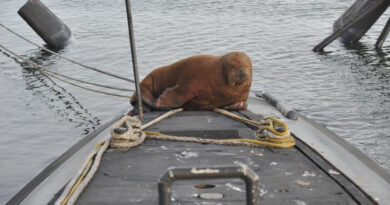Armadillo Lizard Babies That Bite Their Tails And Curl Into Ball Born At Worlds Oldest Zoo
These giant armoured lizard babies that bite their tails and curl up into a ball to protect themselves from predators have been born at the world’s oldest zoo in Vienna.
The footage shows a newborn armadillo girdled lizard (Ouroborus cataphractus), that looks somewhat like a scaly, wingless dragon, biting its own tail and curling up into a ball while resting in the palm of a zookeeper’s hand.
The reptiles instinctively do this to protect their soft underbelly from potential predators.
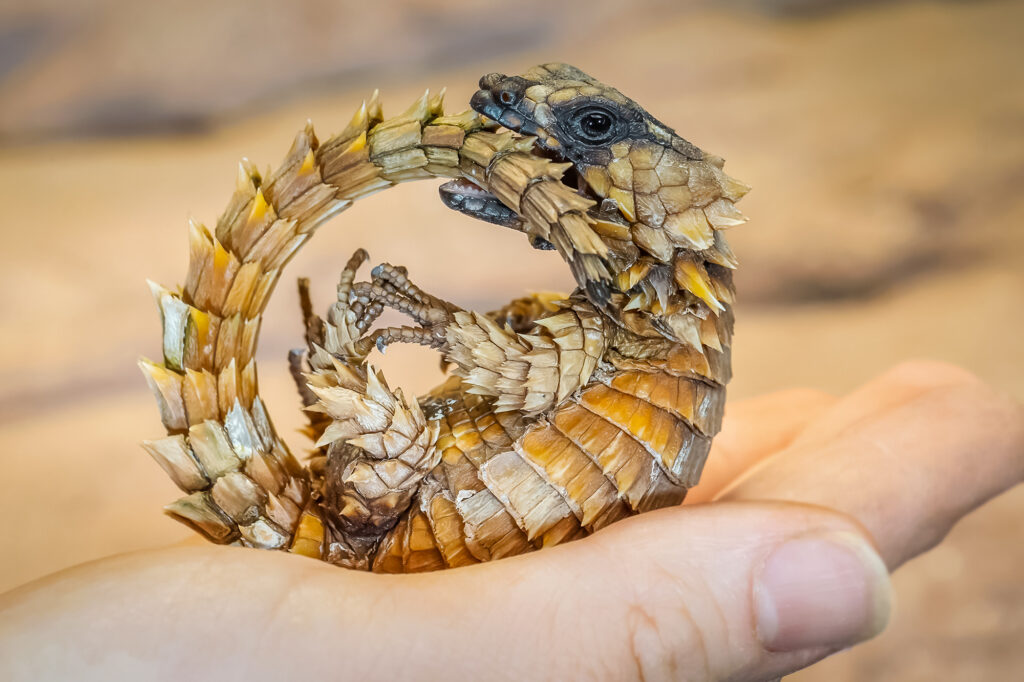
The baby lizards are endemic to the desert areas on the western coast of South Africa, but these newborns have been born at Vienna Zoo in the Austrian capital, which claims to be the oldest in the world.
Zoo Director Stephan Hering-Hagenbeck said in a statement: “In Europe there are currently only five zoos in which armadillo girdled lizards live. That the offspring are successful is something very special.”
He added: “There have been two young animals since September 27th. With these lizards, the eggs develop in the mother’s body, where the young hatch and are born.”
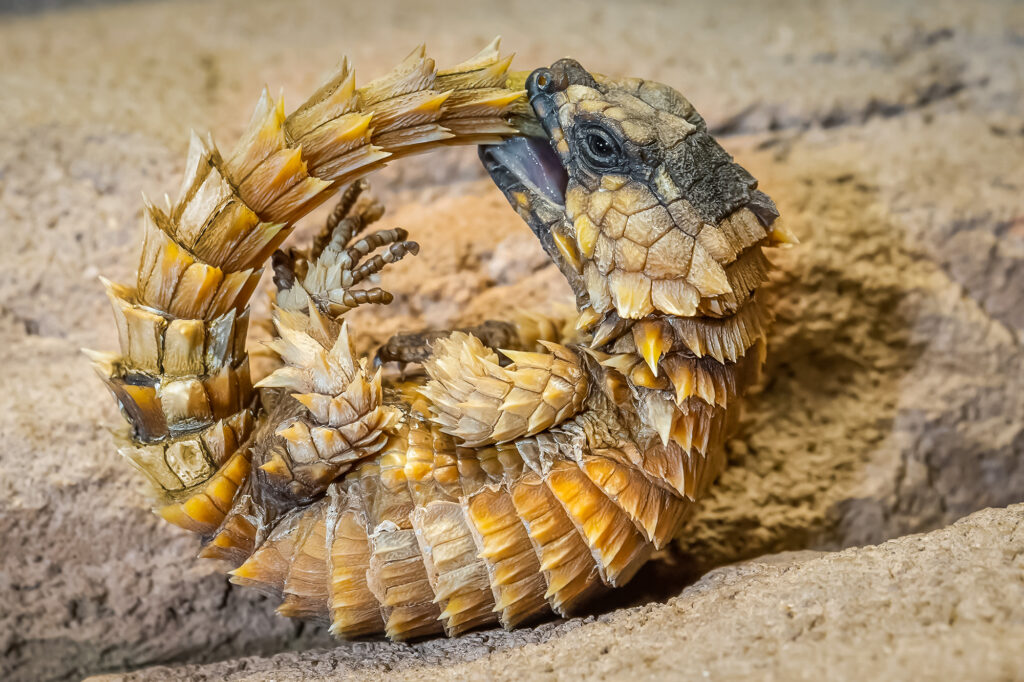
The zoo said in its statement: “Their spiky scales and defence strategy protect armadillo girdled lizards from natural predators such as birds of prey and jackals, but not from humans.
“In 2016, for example, the adult animals were confiscated from a smuggler by customs at Vienna Schwechat Airport. For long-term care, the animals were brought to the Schoenbrunn Zoo together with poisonous snakes, turtles and geckos.”
The zoo director added: “The armadillo girdled lizards, which are up to 20 centimetres (7.87 inches) in size, inhabit rocky mountain slopes on the west coast of South Africa. It is currently not known how large their population is in the wild.
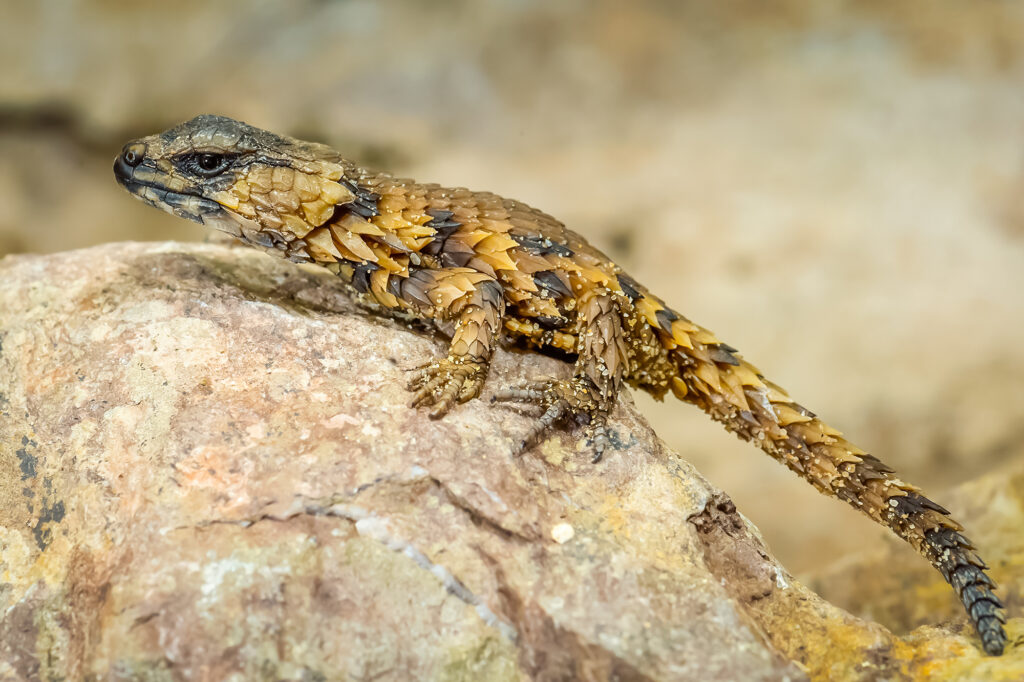
“The IUCN (International Union for Conservation of Nature) assumes, however, that illegal trade represents an enormous threat and sees an urgent need for action.”
Armadillo girdled lizards primarily feed on insects and spiders although they do sometimes also eat plants. They are often fed crickets in captivity but their most common prey when they are in the wild are termites.
Like most lizards, they are most active during the day, hiding between cracks in rocks and small crevices.
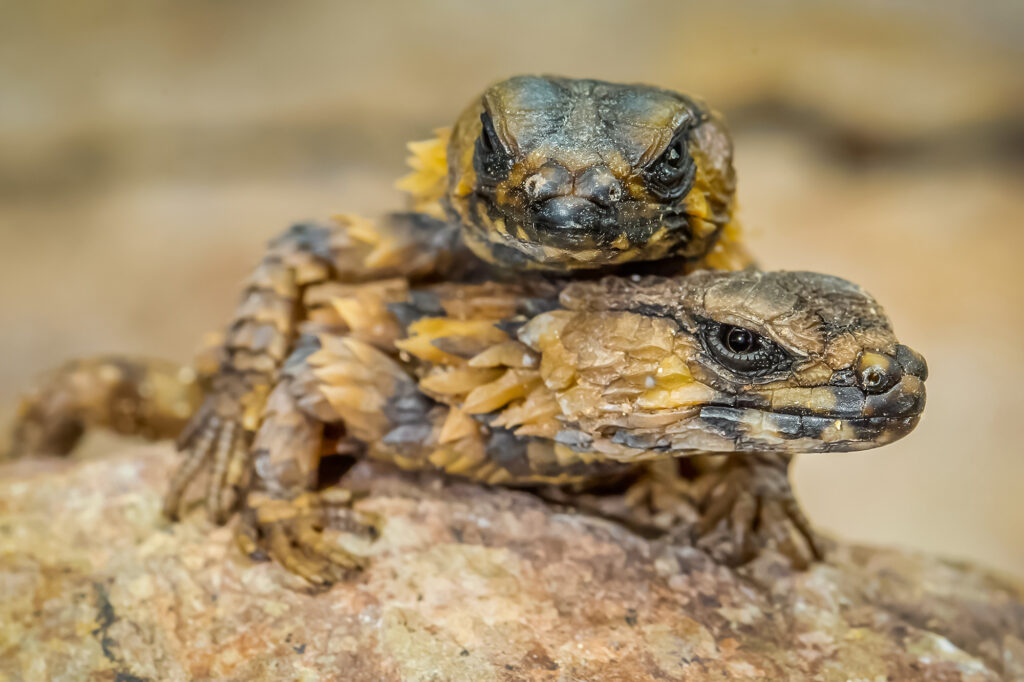
They tend to live in groups that range from 30 to 60 members, if not fewer, and the males are known to be territorial towards other males who might challenge them for mating rights with the females.
The ‘armadillo’ part of its name comes from the fact that it has scales along its back that are almost square and spines on its tail that helping protect itself from predators when it rolls itself into a ball, just like an armadillo.

